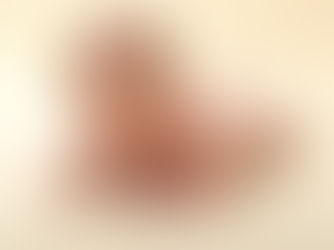Dadvantagepoint

Parenting is a continuous journey of learning and growth. Every time you visit your baby’s doctor, you gain new insights. Small things can cause anxious moments for parents in the early weeks after birth. However, most of these concerns are normal, with simple explanations or easy treatments if necessary. If you are ever unsure of what is happening, do not hesitate to ask your doctor.
Newborns are often a bit swollen right after birth due to their immersion in amniotic fluid. It usually takes a few hours post-birth for them to look more normal, so try not to panic. Babies rarely have flawless complexions during the first three months, so don’t be alarmed when your baby breaks out in various rashes and blotches. These strange rashes and dry skin during this period are usually because your baby’s body is adjusting to its new environment and to hormones passed from you to your baby just before birth.
Here are some common types of skin rashes that may occur:
1. Dry Skin: This is entirely normal, especially if the baby is born in the summer.
2. Newborn Rash: A common occurrence with no serious implications.
3. Heat Rash: This can happen if you keep the baby in an overly warm room or dress her in too many clothes. During the summer, maintain a room temperature of 25-26 degrees Celsius and dress her in one extra thin layer compared to what you are wearing.
4. Hormonal Rash: Caused by hormones passed from mother to baby.
5. Cradle Cap: Characterized by crusts on the scalp, eyebrows, and sometimes behind the ears. This condition usually resolves on its own, but if any remedies are needed, your pediatrician will suggest them.
6. Nappy Rash: Often caused by wet diapers worn for more than 3-4 hours. To prevent this, use nappy rash cream with every diaper change, and try to change the diaper every 2.5 to 3 hours.
Other skin conditions you might observe include red patches, birthmarks, moles, strawberry marks, and Mongolian spots. Always consult your baby’s doctor for guidance on these. These days, doctors often recommend a full body screening through a blood test a few days after birth, which can help with early diagnosis and treatment if needed.
Initially, your baby will see everything in black and white and blurred. Vision gradually improves over the first six months. Although your baby is thoroughly checked in the hospital, as a parent, you need to observe behaviors such as listening to sounds, reacting to them, following objects with their eyes, and making sounds. Monitor every developmental milestone and consult your doctor or refer to books to understand your baby’s development stages.

Regarding bathing, until the umbilical cord stump dries out and falls off, sponge baths are recommended. Once the stump falls off, daily baths help keep your baby clean, relaxed, and comfortable. During summer, you might consider giving a massage and sponge bath in the morning, followed by a full bath in the evening to promote long, restful sleep. Use high-quality baby care creams and lotions to keep her skin moisturized and maintain hygiene, which is of utmost importance.
Baby crying is normal and usually indicates needs such as hunger, discomfort from a wet diaper, or needing to sleep. However, if the crying is uncontrollable or non-stop, consult your doctor. Babies cry mainly for three reasons: if they are sleepy and their environment isn't conducive to sleep, if they are hungry, or if they are in pain due to colic or rash. You won't see actual tears for the first three months; instead, you might notice sticky eyes with a yellowish fluid, which is normal due to blocked tear ducts. Gently clean this with a wet cotton ball, and if it becomes more than usual, consult your doctor who might prescribe antibiotic drops.

I have much more to share as my baby teaches me new things every day. I’ll write more in my next blog. Until then, happy parenting!





